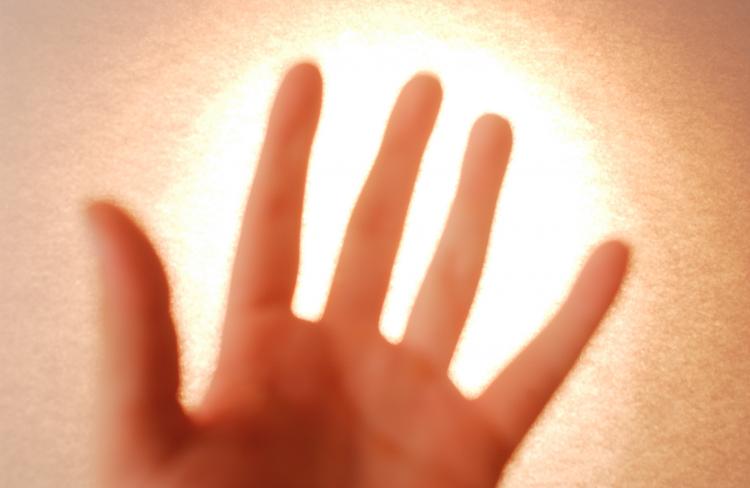When we think of glowing organisms, only a few examples come to mind. The more well-known examples of bioluminescent creatures include fireflies and the florescent jellyfish, but recently scientists have discovered that the human body emits light as well.
Through a joint effort among scientists at Tohoku Institute of Technology and Kyoto University in Japan, researchers have discovered that humans are actually bioluminescent organisms … to a point.
Naturally, the light that humans emit is not very bright. In fact, the glow that our bodies give off is a thousand times less than what our eyes can detect. However, scientists have discovered that this dim florescence can be captured by ultrasensitive equipment known as a cryogenic charge-coupled-device (CCD) camera.
The researchers were able to detect light emission from these subjects with a wavelength of 500–700 nm, recognizable for human eyes in the color spectrum as the colors green and red.
Any glow, however faint, makes for an interesting feature in an organism. Yet humans may not be as special in this regard. Researchers explained that this bioluminescence is present in virtually all living organisms.
However, another study done at the International Institute of Biophysics in Germany found that light emanation increased in meditating subjects. Observing biochemical shifts following a period of meditation, researchers found that the practice actually increased human photon emission.
Researchers also found that these light emissions fluctuate throughout the day, with the weakest glow occurring at 10 a.m. and the strongest at 4 p.m. They believe that this is possibly related to the human body’s circadian rhythm—our biochemical internal clock responsible for regulating a host of physiological processes throughout the body.
According to researcher Hitoshi Okamura, a circadian biologist at Kyoto University, this finding suggests that light emission could help spot certain medical conditions.
Read the Japanese scientists’ research paper.
Through a joint effort among scientists at Tohoku Institute of Technology and Kyoto University in Japan, researchers have discovered that humans are actually bioluminescent organisms … to a point.
Naturally, the light that humans emit is not very bright. In fact, the glow that our bodies give off is a thousand times less than what our eyes can detect. However, scientists have discovered that this dim florescence can be captured by ultrasensitive equipment known as a cryogenic charge-coupled-device (CCD) camera.
Taking the Picture
In order to capture this faint light emanating from a human body, scientists had to first cool down the CCD to minus 184 degrees Farenheit and photograph a subject in complete darkness. This light was found to measure on the level of a single photon.
In a darkroom, five males aged around 20, stood naked above the waist in front of the camera and were imaged for 20 minutes every three hours from 10 a.m. to 10 p.m.
The researchers were able to detect light emission from these subjects with a wavelength of 500–700 nm, recognizable for human eyes in the color spectrum as the colors green and red.
Any glow, however faint, makes for an interesting feature in an organism. Yet humans may not be as special in this regard. Researchers explained that this bioluminescence is present in virtually all living organisms.
However, another study done at the International Institute of Biophysics in Germany found that light emanation increased in meditating subjects. Observing biochemical shifts following a period of meditation, researchers found that the practice actually increased human photon emission.
Bright Faces
This ultraweak light emission has no significant correlation to temperature. Instead, it is more connected to a series of complicated chemical energy reactions in the metabolic process, which transfer energy to fluorophores—molecular components responsible for fluorescence.
Depending on the number of fluorophores and their environment, fluorescence differs in intensity and wavelength. That’s why researchers observed a stronger emission from the face than the body. When it comes to overall sunlight exposure, faces get the most, and a greater number of fluorophores is found on the face than on the skin of the rest of the body.Researchers also found that these light emissions fluctuate throughout the day, with the weakest glow occurring at 10 a.m. and the strongest at 4 p.m. They believe that this is possibly related to the human body’s circadian rhythm—our biochemical internal clock responsible for regulating a host of physiological processes throughout the body.
According to researcher Hitoshi Okamura, a circadian biologist at Kyoto University, this finding suggests that light emission could help spot certain medical conditions.
Read the Japanese scientists’ research paper.







Friends Read Free